
How to Use SPS30: Examples, Pinouts, and Specs
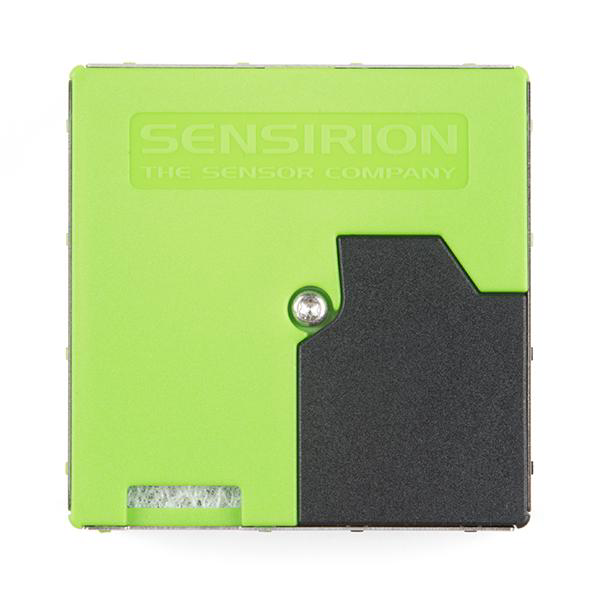
 Design with SPS30 in Cirkit Designer
Design with SPS30 in Cirkit DesignerIntroduction
The SPS30 is a state-of-the-art sensor from Sensirion designed to measure the concentration of particulate matter (PM) in the air. This sensor is capable of detecting a wide range of particle sizes, making it an invaluable tool for air quality monitoring. Common applications include HVAC systems, air purifiers, environmental monitoring, and smart home devices.
Explore Projects Built with SPS30
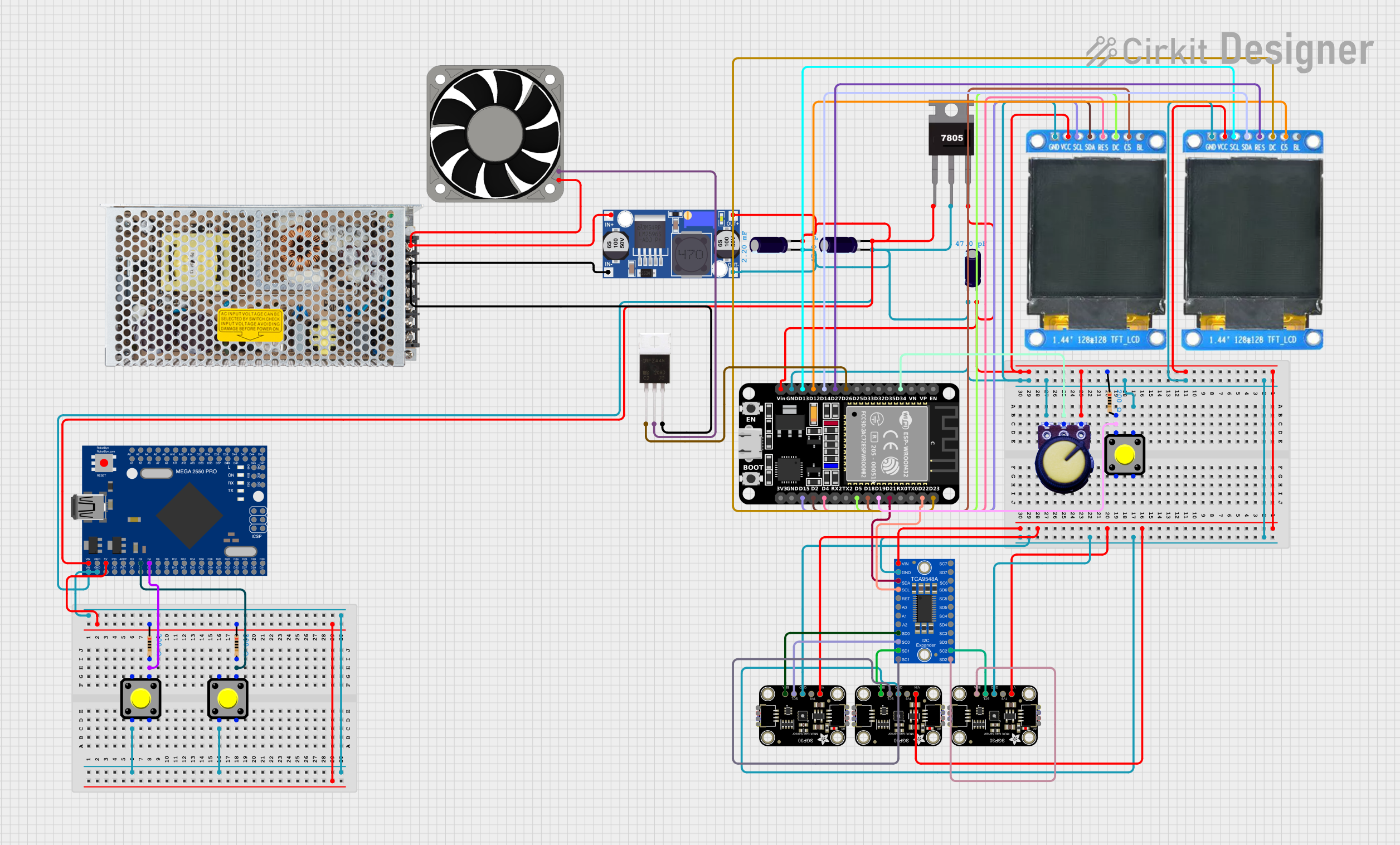
 Open Project in Cirkit Designer
Open Project in Cirkit Designer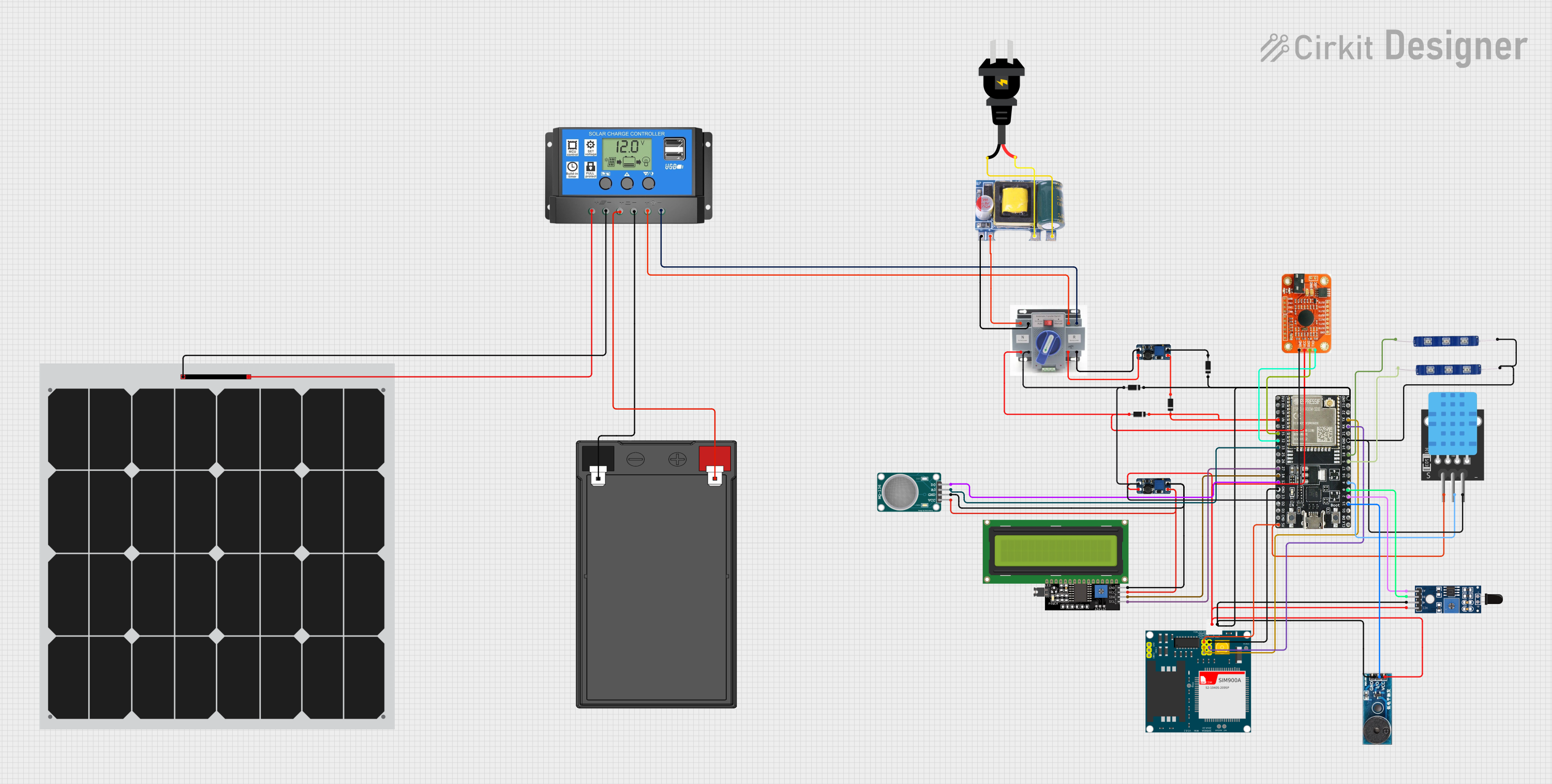
 Open Project in Cirkit Designer
Open Project in Cirkit Designer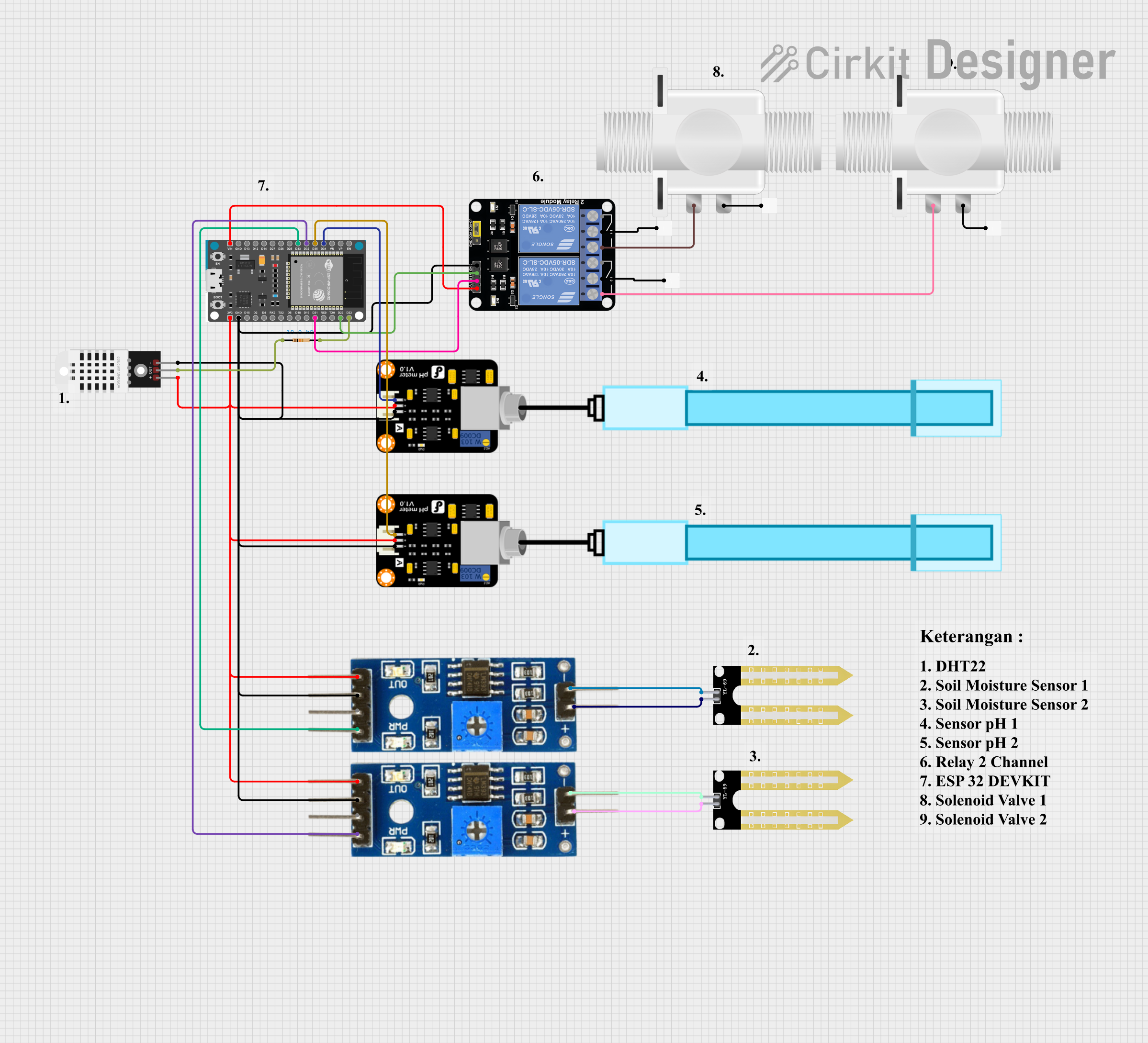
 Open Project in Cirkit Designer
Open Project in Cirkit Designer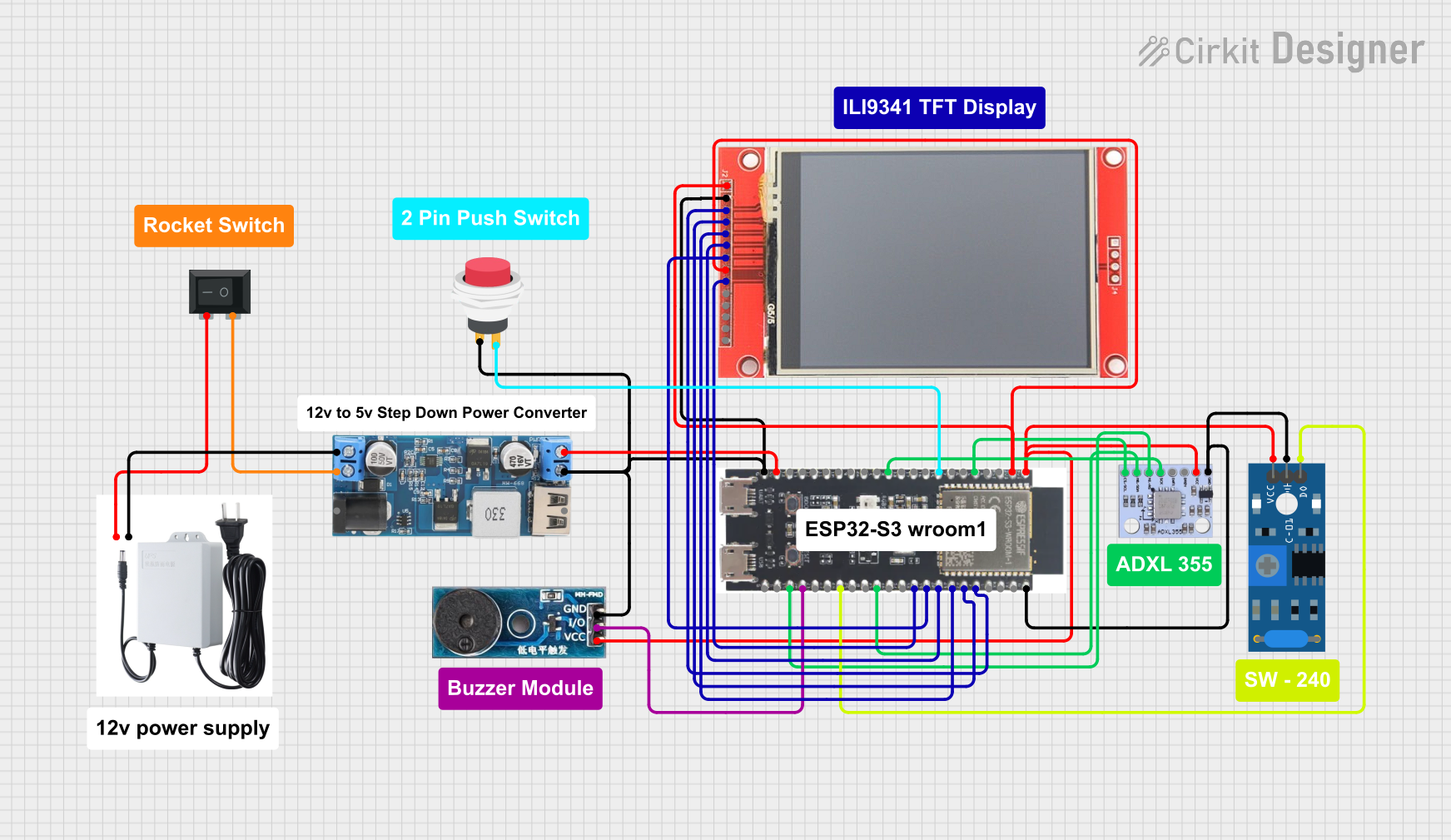
 Open Project in Cirkit Designer
Open Project in Cirkit DesignerExplore Projects Built with SPS30

 Open Project in Cirkit Designer
Open Project in Cirkit Designer
 Open Project in Cirkit Designer
Open Project in Cirkit Designer
 Open Project in Cirkit Designer
Open Project in Cirkit Designer
 Open Project in Cirkit Designer
Open Project in Cirkit DesignerTechnical Specifications
Key Technical Details
- Measurement Principle: Laser scattering
- Particle Detection Range: 0.3 to 10 µm
- PM Concentration Range: 0 to 1,000 µg/m³
- Interface: I²C and UART
- Supply Voltage: 4.5 to 5.5 V
- Max Current Consumption: 70 mA during measurement, 5 µA in standby
- Operating Temperature Range: -10 to +60 °C
Pin Configuration and Descriptions
| Pin Number | Name | Description |
|---|---|---|
| 1 | VDD | Supply Voltage (4.5 to 5.5 V) |
| 2 | GND | Ground |
| 3 | SEL | Interface Select (I²C/UART) |
| 4 | TX | UART Transmit (if SEL to GND) |
| 5 | RX | UART Receive (if SEL to GND) |
| 6 | SCL | I²C Serial Clock (if SEL to VDD) |
| 7 | SDA | I²C Serial Data (if SEL to VDD) |
| 8 | NC | No Connection (reserved for future use) |
Usage Instructions
Integration into a Circuit
To use the SPS30 sensor in a circuit:
- Connect the VDD pin to a 5V power supply.
- Connect the GND pin to the ground of the power supply.
- Select the communication interface:
- For I²C, connect the SEL pin to VDD, SCL to the I²C clock, and SDA to the I²C data.
- For UART, connect the SEL pin to GND, TX to the RX of the microcontroller, and RX to the TX of the microcontroller.
Best Practices
- Ensure that the sensor is placed in an environment with unrestricted airflow.
- Avoid exposure to direct sunlight or high humidity to prevent measurement inaccuracies.
- Use pull-up resistors for I²C communication lines if they are not built into the microcontroller.
Example Code for Arduino UNO
#include <Wire.h>
// SPS30 I2C address
#define SPS30_ADDRESS 0x69
void setup() {
Wire.begin(); // Initialize I2C
Serial.begin(9600); // Start serial communication at 9600 baud
// Initialize the SPS30 sensor here (omitted for brevity)
}
void loop() {
// Read particulate matter values from the sensor
// This is a simplified example; actual implementation will vary
Wire.beginTransmission(SPS30_ADDRESS);
// Send read command here (omitted for brevity)
Wire.endTransmission();
// Read data back from the sensor
// Process and output the PM values
// This is a simplified example; actual implementation will vary
delay(1000); // Wait for 1 second before reading again
}
Troubleshooting and FAQs
Common Issues
- Sensor not responding: Ensure that the power supply is correctly connected and within the specified voltage range. Check the I²C/UART connections and settings.
- Inaccurate readings: Verify that the sensor is not placed near sources of pollution or obstructions that could affect airflow. Calibrate the sensor if necessary.
FAQs
Q: How often should the SPS30 sensor be calibrated? A: The SPS30 is factory-calibrated and typically does not require frequent recalibration. However, if you notice significant deviations in readings, consult the manufacturer's guidelines for recalibration procedures.
Q: Can the SPS30 sensor measure the size of individual particles? A: The SPS30 provides the concentration of particulate matter in various size ranges but does not measure individual particle sizes.
Q: Is the SPS30 sensor waterproof? A: No, the SPS30 is not waterproof. It should be protected from water and high humidity to ensure accurate measurements.
For further assistance, consult the SPS30 datasheet and Sensirion's technical support resources.